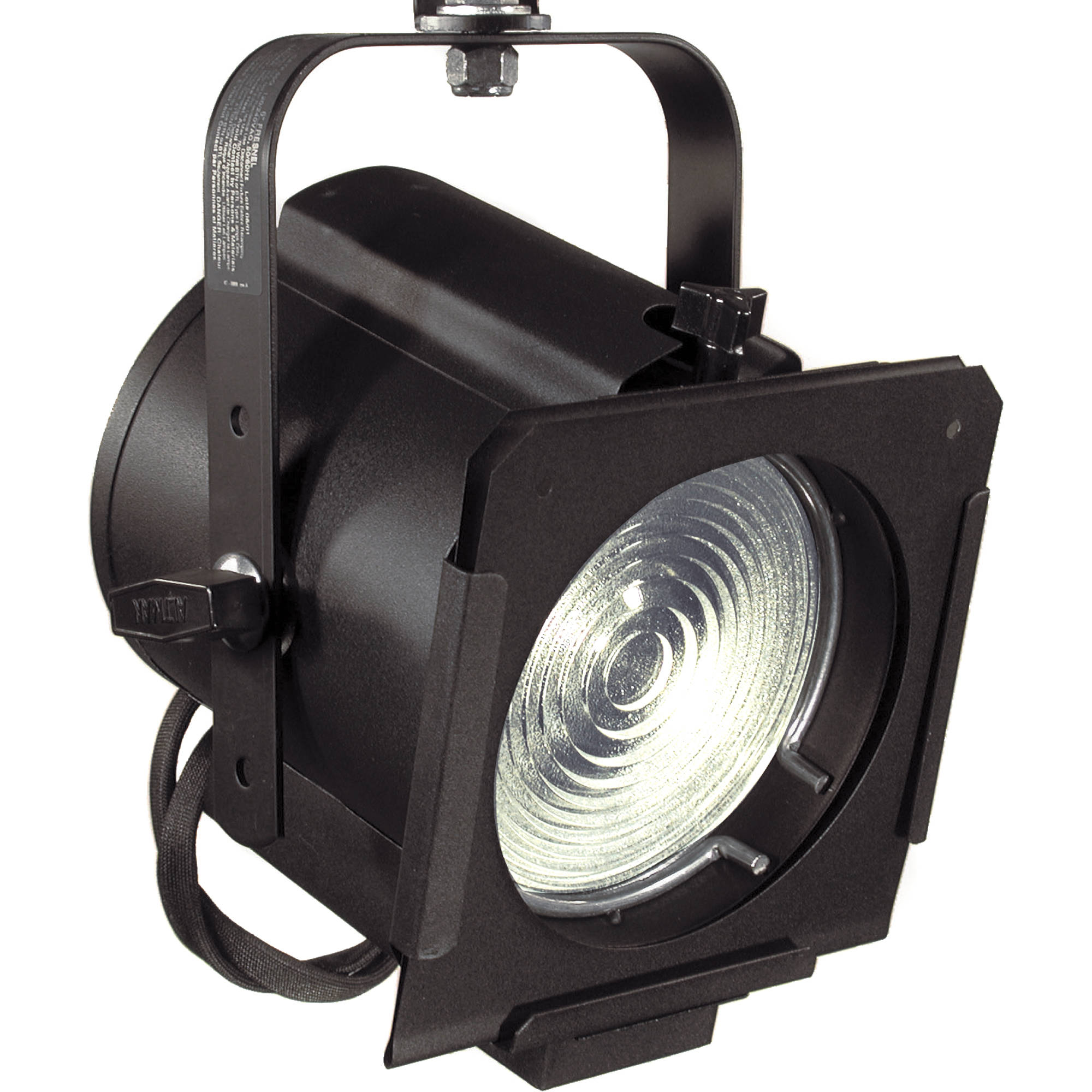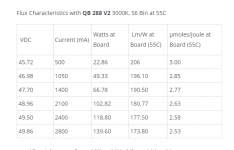PCBuds
Well-known member
yo
apparently behind most flat screen monitors, theres a fresnel lens. They use it to increase the backlight effect, or something. Maybe you could play around with that material if your looking for diy chip covers. I got the idea from this utube guy here:
https://www.youtube.com/watch?v=8JrqH2oOTK4
That was fricken cool !!
Garbage day is Friday for me so I'm gonna cruise the neighborhood Thursday night to look for old TV's/monitors.










